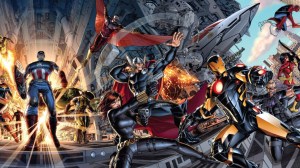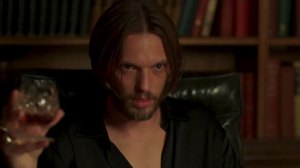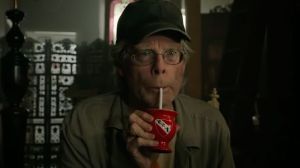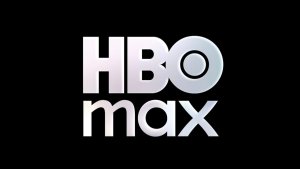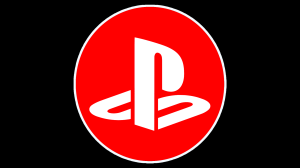Avengers Academy is part of the Marvel Voices Infinity Comic line, and it has been published weekly as an online exclusive since 2024. However, in June 2025, Marvel published the first six issues of the series in a physical comic book, the first time they did so for this specific title. It gives fans a chance to see what the fuss is all about, and hopefully will get people to head online to catch up on this spectacular series. With 46 issues online, and the story still going strong, there might not be a Marvel title more deserving of finding a bigger audience than this second iteration of Avengers Academy.
Videos by ComicBook.com
The first Avengers Academy began in 2010 after the Skrull Invasion and Norman Osborn’s Initiative. The Avengers chose to start the school to bring in young superheroes and teach them the importance of heroism, but there was an ulterior motive. These students also ran the risk of becoming villains, which none of them knew was the reason they were chosen. That team ended when Arcade abducted them for one of his deadly games and either killed or severely injured three of the students — Mettle, Juston, and Reptil. The difference with the new team is that these kids were not brought in to watch, but because Carol Danvers knew they were needed to help save the world in the future.
There are several reasons everyone should be reading Avengers Academy, one of the company’s best comics going today.
1) A Genuine Sense Of Family
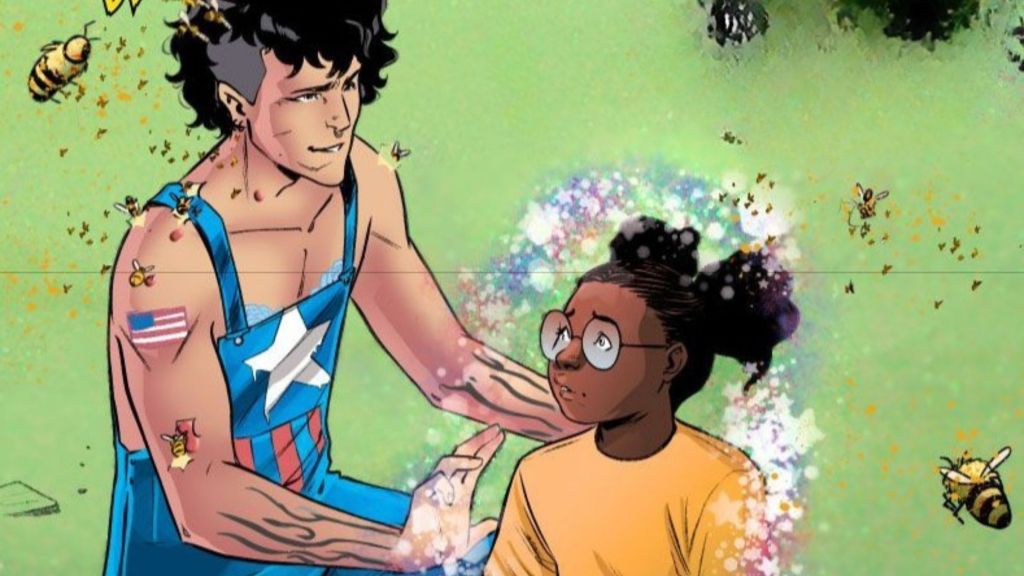
The best part of the Avengers Academy team is that it doesn’t include the drama and strife many comic book teams face. When the series started, one person wanted to be left alone, as Red Goblin feared letting anyone know he was Normie Osborn, Norman Osborn’s grandson. However, he settled in after revealing his identity to Moon Girl. The students then became more of a family than just classmates. They also became more than friends in many cases, with at least two dating and two sharing an uncomfortable attraction.
However, this is a group of young adults who settled in together to not only learn how to be heroes, but to learn about their place in the world. They also became very open and welcoming to anyone who seemed like an outsider, from Mephisto’s son Blackheart to their villains in the Sinister Six. They helped anyone who needed it and trusted people most of the world had already turned their backs on. This is the most well-rounded team of misfits in Marvel Comics today.
2) Fantastic Inclusion & Representation
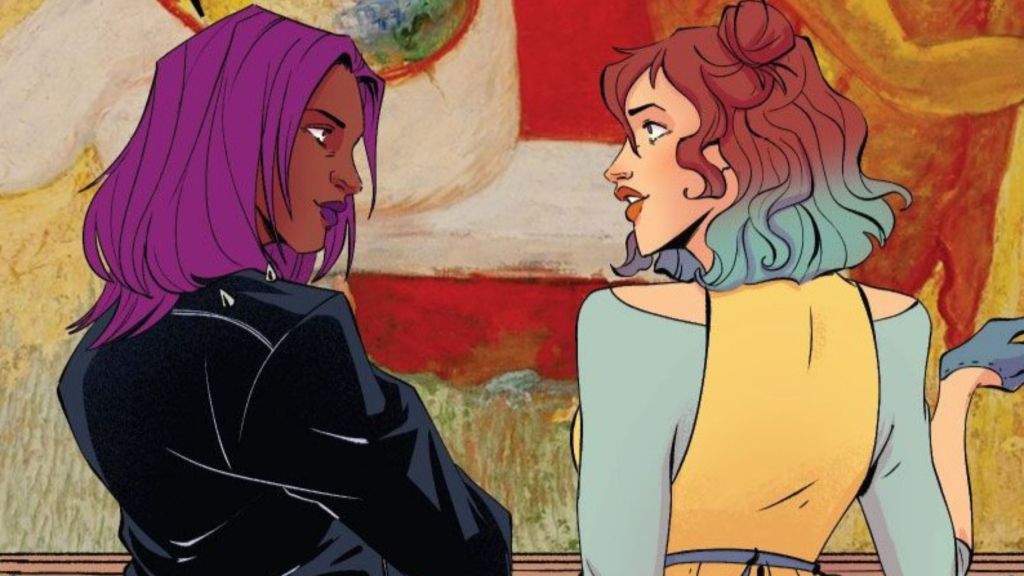
This is part of the Marvel Voices Infinity Comic line, which means there is a strong line of inclusion and representation in the comics. The best thing is that it isn’t done in an exploitative manner, and all the characters feel like real people, with real feelings and a sense of confusion, but a desire to fit in and be who they are meant to be. Escapade is transgender and has a strong attraction to Bloodline, who began to realize she had feelings for her as well. Eventually, Bloodline realized she needed to tell her family about her sexuality.
Kid Juggernaut is written as someone discovering his sexuality and dating a news reporter from the Daily Bugle named Marcus Wetherell. Captain America of the Railways is openly gay, has unrequited feelings toward Kid Juggernaut, and is also dating Mysteriant, a sometime villain who is very secure in his sexuality. All these relationships are shown in realistic ways, and these young adults have no idea what they are doing half the time. It is very well written.
The series also goes a long way into showing the hatred and bigotry in America, with one specific storyline showing Red Skull’s daughter, Sin, taking the role as a social media influencer and weaponizing the bigots in society to launch an attack on a social center for LGBTQ+ youth where Captain America of the Railways works. It all tied into a story about Steve Rogers and one of his closest friends from World War II, a gay veteran ostracized by the country he served. It was brilliant storytelling and respectfully tackled an important issue.
There is also a moment when Mephisto banishes his son, Blackheart, and turns him human. While the adults don’t trust him, and Doctor Strange attacks him at one point, the Avengers Academy members welcome him with open arms, explaining everyone deserves a chance to be good. This series is all about inclusion, and few comics are doing it better right now.
3) The New Sinister Six

Every superhero team needs good villains, and Avengers Academy gets the new Sinister Six. However, this is not like any other villain team. Instead, there is only one genuine villain on the team, and even he gets a redemptive arc in the series. The main member is Mysteriant, the original Mysterio’s nephew. He has the illusion tech and uses it to rob the rich and give to the poor. One example is stealing drugs about to expire from a drug warehouse and giving them to Night Nurse to help on the streets. Captain America of the Railways even helps him.
Curt Connors’ son, Lizard Boy, is there because he has nowhere else to fit in. Willow-Wisp is a bad guy on the team, but he is mostly a jerk kid who doesn’t want to hurt innocent people either. Apostate is a vampire, and the comics introduce her before the Sinister Six as she gets to know Bloodline. Rhinoceress is a young woman whose parents gave her away when they realized she had superhuman size as a child, and she now does what she can to survive. Finally, the leader is Squid Kid, a villain who strongly resembles Doctor Octopus in intellect and tentacles.
However, they only fight as a team once, and most of them leave Squid Kid when they realize he is a bad person. Rhinoceress continues as a villain, but she doesn’t really care about fighting Avengers Academy and even gives Kid Juggernaut some advice on believing in himself when they see each other at a night club. Mysteriant is the best of them all, and he helps the Avengers Academy fight bad guys more than once. Even a future version of Squid Kid helps Moon Girl in an alternate world, admitting he should have listened to her when they were younger. This is an amazing group of villains because none of them are really villains at all.
4) Moon Girl & Devil Dinosaur

When Disney+ started the animated series Moon Girl and Devil Dinosaur, it created them in a different light from the comics. Lunella Lafayette was not the distant and often dismissive super genius who thinks she is better than everyone else, which is how Marvel Comics presented her for years. Instead, she is an insecure and confused girl who wants to be a hero and help people, but struggles to fit in with those around her. However, along the way, she figures it out, helps rehabilitate villains, and creates a better world.
In Avengers Academy, Marvel finally brings that version of Moon Girl to the comics, and it is the best she has been in years. Devil Dinosaur is just as playful and fun-loving as he is in the cartoon, and it is clear this is based more on the animated version than the prior comic book version of the character. Putting Moon Girl on a team where she wants to be a part, and doesn’t see herself as better than everyone else, was the smartest choice this book could have made. This series could finally make Moon Girl and Devil Dinosaur A-list heroes.
5) Avengers Academy Is The New Young Avengers

The one reason to stop putting it off and start reading Avengers Academy now is that this is the closest that Marvel has come to recreating the magic of The Young Avengers since that groundbreaking series took the world by storm. The two comics share several similarities. Both series brought in new characters and had them learn to be heroes together. While their powers differ, it is easy to see Captain America and Kid Juggernaut as the new Hulkling and Wiccan.
While they didn’t have romantic relationships with each other, it is easy to see Cassie Lang, Kate Bishop, and America Chavez in Bloodline and Escapade. Red Goblin shares much in common with Kid Loki in attitude, and Kid Loki even appeared in Avengers Academy, as did Wiccan and time-displaced versions of Tommy (Speed) and Billy (Wiccan). There is even a bit of the rebel in characters like Captain America and Blackheart, as was seen in Patriot in Young Avengers.
There are differences. The antagonistic relationship between the Young Avengers (especially Patriot and the female members) is not here in Avengers Academy. There is some antagonism between Captain America and Red Goblin, but it is more innocent. There is also much more of the Avengers Academy just being kids discovering themselves. However, just as Young Avengers changed how Marvel wrote a superhero team, especially concerning inclusion, Avengers Academy is doing the same thing now. If a reader loved Young Avengers, Avengers Academy should be on their reading list.


